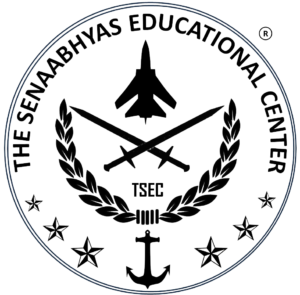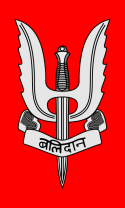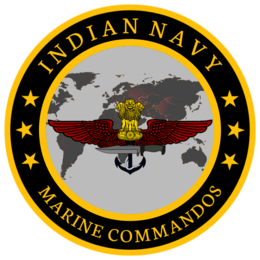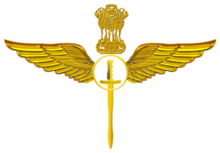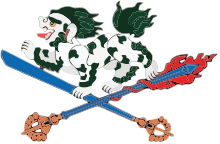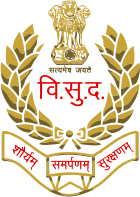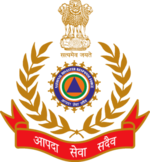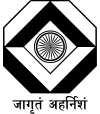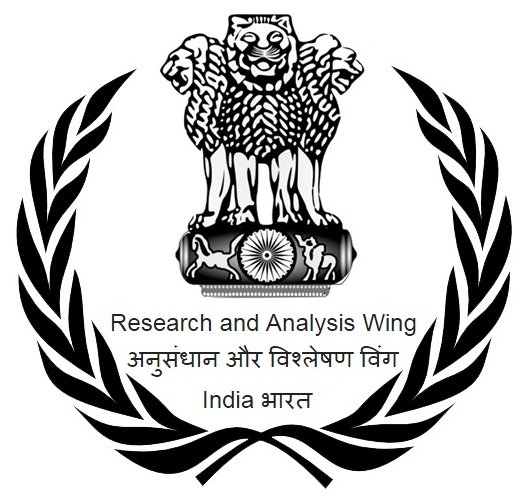Introduction:-
When we talk about national security, we often think of the brave men and women in the military. However, beyond the regular armed forces, India has several specialized units that handle the most challenging and critical operations. The Special Forces and Agencies in India operate in extreme conditions, whether counter-terrorism, guerrilla warfare, or disaster response. Let’s dive deep into understanding these elite Special Forces and Agencies in India, their history, selection criteria, and the roles they play in safeguarding the nation.
National Security Guard (NSG):-
Introduction to NSG
The National Security Guard (NSG), commonly known as the “Black Cats,” is an elite counter-terrorism unit in India. As a key part of the Special Forces and Agencies in India, they earn this nickname due to their distinct black uniforms and cat-like agility.
Established Year
NSG was first formed on 16 October 1984 and established on 22 September 1986 following Operation Blue Star to combat terrorist activities and protect states against internal disturbances.
Selection Criteria
Selection for NSG is rigorous. Candidates are drawn from the Indian Army and Central Armed Police Forces (CAPF). They must undergo intensive physical and psychological training. Key criteria include:
- Serving as officers or soldiers in the Indian Army or CAPF.
- Undergoing specialized training in counter-terrorism, urban warfare, and hostage rescue.
Roles and Responsibilities
NSG’s primary roles include:
- Counter-terrorism operations.
- Hostage rescue missions.
- Bomb disposal.
- VIP security.
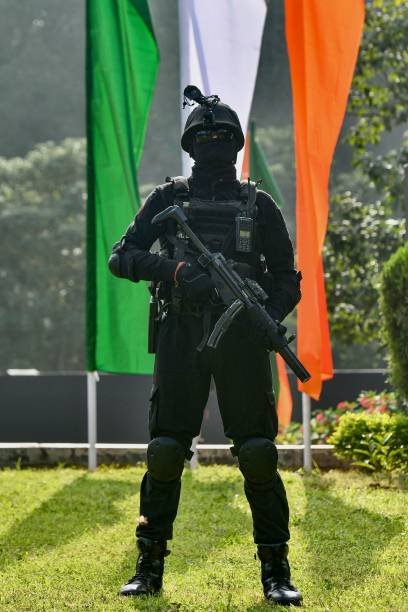
Indian Army Para Special Forces:-
Introduction to Para SF
The Para Special Forces, commonly known as Para SF, are a group of elite battalions within the Indian Army’s Parachute Regiment. This regiment stands as a premier infantry unit Among the Special Forces and Agencies in India, specializing in airborne and special operations.
Established Year
The Indian Army’s Parachute Regiment Special Forces, or Para SF, was founded in June 1966 as a result of the 1965 Indo-Pakistan conflict. The need for a specialized force emerged during that time, leading to the establishment of the Para SF. The Meghdoot Force, comprised of volunteers from different infantry divisions, laid the foundation for what would become the Para SF Regiment.
Selection Criteria
Selection involves:
- Volunteering from any regiment of the Indian Army.
- Completing a six-month probation period, which includes Physical endurance tests, Psychological evaluations, and Specialized training.
Roles and Responsibilities
Para SF engages in:
- Deep penetration strikes behind enemy lines.
- Counter-insurgency operations.
- Hostage rescue and direct action missions.
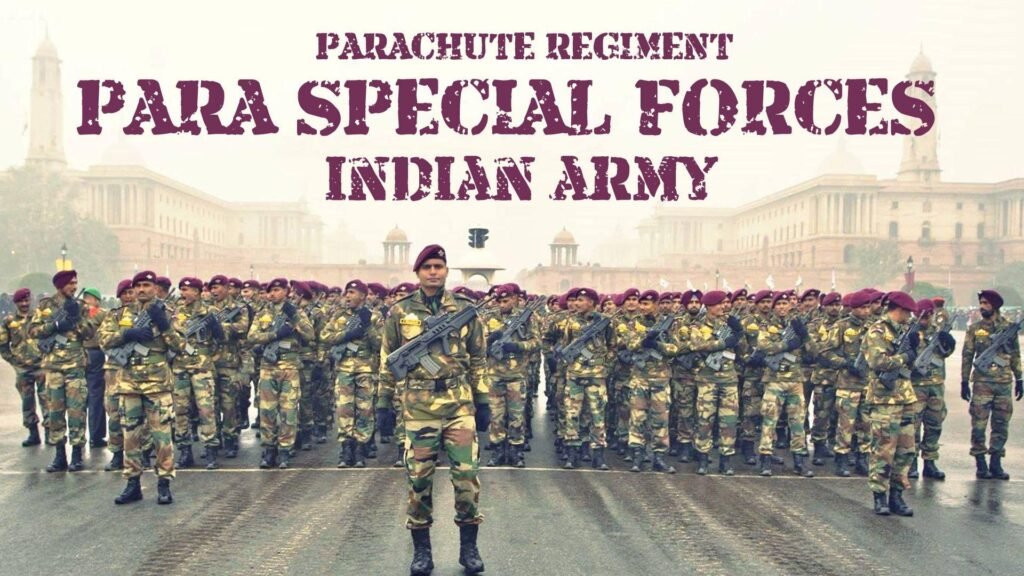
MARCOS (Marine Commandos):-
Introduction to MARCOS
MARCOS, short for Marine Commandos, is the special forces unit of the Indian Navy. Renowned for their prowess in maritime warfare, they are often compared to the US Navy SEALs due to their similar elite status and capabilities.
Established Year
The MARCOS was initially known as the Indian Marine Special Force. This name was later changed to Marine Commando Force to give it a distinct identity, as stated by the Indian Navy. The MARCOS was established in February 1987.
Selection Criteria
Selection is extremely tough, involving:
- Volunteering from the Indian Navy.
- Passing the ‘Hell’s Week’—a grueling physical endurance test.
- Undergoing specialized training in maritime warfare, diving, parachuting, and amphibious operations.
Roles and Responsibilities
MARCOS specializes in:
- Maritime counter-terrorism.
- Hostage rescue operations on ships.
- Underwater demolition.
- Reconnaissance and sabotage missions.
Garud Commando Force:-
Introduction to Garud Force
The Garud Commando Force is the special forces unit of the Indian Air Force, tasked with airfield protection and counter-terrorism.
Established Year
First conceived in 2002, this unit was officially established on February 6, 2004. All Garuds are volunteers who have imparted a 52-week basic training, which includes a three-month probation followed by special operations training, basic airborne training, and other warfare and survival skills.
Selection Criteria
Selection involves:
- Volunteering from within the Indian Air Force.
- Passing rigorous physical and mental endurance tests.
- Completing specialized training in airborne operations, counter-terrorism, and combat search and rescue.
Roles and Responsibilities
Garud Force focuses on:
- Airfield and base security.
- Counter-terrorism.
- Search and rescue operations.
- Disaster relief missions.
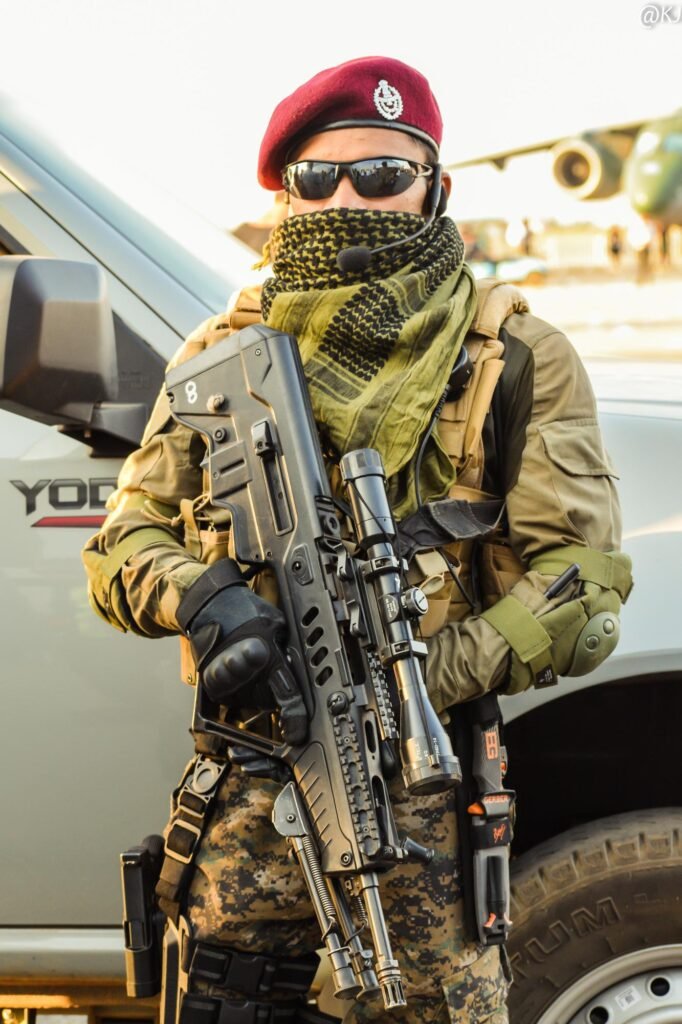
Special Frontier Force (SFF):-
Introduction to SFF
The Special Frontier Force (SFF) is a paramilitary special force, operating under the Research and Analysis Wing (RAW), India’s external intelligence agency.
Established Year
It was established on 14 November 1962 after the Sino-Indian War of 1962 to primarily conduct covert operations behind the Chinese lines in case of another war with China.
Selection Criteria
Selection involves:
- Recruiting primarily from Tibetan refugees and Indian Army volunteers.
- Intensive training in guerrilla warfare, mountaineering, and reconnaissance.
Roles and Responsibilities
SFF specializes in:
- Covert operations behind enemy lines.
- Intelligence gathering.
- Guerrilla warfare and reconnaissance missions.
Cobra (Commando Battalion for Resolute Action):-
Introduction to Cobra
Cobra, a specialized unit of the Central Reserve Police Force (CRPF), specifically focuses on anti-Naxalite operations. As part of the Special Forces and Agencies in India, they are also trained in guerrilla warfare and counter-insurgency tactics, making them highly effective in combating these threats.
Established Year
Cobra was established on 12 September 2008.
Selection Criteria
Selection includes:
- Volunteering from CRPF personnel.
- Undergoing rigorous physical training and jungle warfare schooling.
Roles and Responsibilities
Cobra’s key roles are:
- Counter-insurgency operations against Naxalite groups.
- Jungle warfare.
- Intelligence operations in hostile environments.
Special Protection Group (SPG):-
Introduction to SPG
The Special Protection Group (SPG), a crucial part of the Special Forces and Agencies in India, is tasked with providing proximate security to the Prime Minister of India and their immediate family members. Additionally, they ensure comprehensive protection during both domestic and international engagements.
Established Year
SPG was raised on 8 April 1985 and established in 1988 by an Act of Parliament of India.
Selection Criteria
Selection includes:
- Choosing personnel from the Indian Police Service (IPS), CAPF, and the Indian Army.
- Completing specialized training in VIP security, unarmed combat, and threat neutralization.
Roles and Responsibilities
SPG is responsible for:
- Close protection of the Prime Minister.
- Advance security liaison and coordination.
- Securing locations and routes.
National Disaster Response Force (NDRF):-
Introduction to NDRF
The National Disaster Response Force (NDRF) is a specialized force responsible for disaster response and relief operations.
Established Year
NDRF was established in 2006 under the Disaster Management Act, of 2005.
Selection Criteria
Selection includes:
- Picking personnel from various Central Armed Police Forces.
- Training in disaster management, search and rescue, and first aid.
Roles and Responsibilities
NDRF’s roles encompass:
- Disaster response and rescue operations.
- Relief and rehabilitation during natural calamities.
- Training and capacity-building for disaster preparedness.
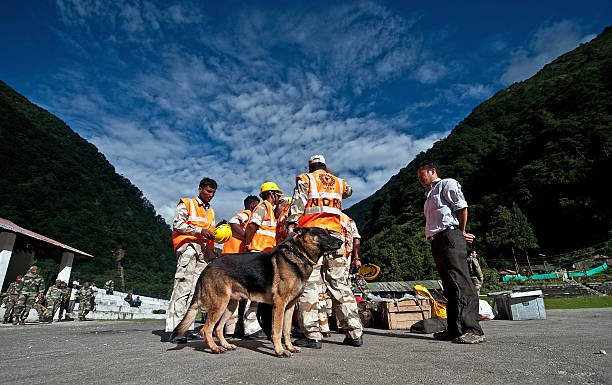
The Greyhounds:-
Introduction to The Greyhounds
The Greyhounds is an elite anti-Naxalite force operating in Andhra Pradesh and Telangana.
Established Year
The unit was established in 1989.
Selection Criteria
Selection involves:
- Recruiting from the state police forces.
- Undergoing specialized training in jungle warfare and counter-insurgency.
Roles and Responsibilities
The Greyhounds focus on:
- Anti-Naxalite operations.
- Jungle warfare and intelligence gathering.
- High-risk counter-insurgency missions.
Intelligence Bureau (IB):-
Introduction to IB
The Intelligence Bureau (IB) is India’s internal intelligence agency, primarily responsible for internal security and counter-espionage.
Established Year
IB was established on 23 December 1887, making it one of the oldest intelligence agencies in the world.
Selection Criteria
Selection involves:
- Recruiting from the Indian Police Service and direct recruitment.
- Undergoing training in intelligence gathering, surveillance, and counter-espionage.
Roles and Responsibilities
IB’s responsibilities include:
- Counter-terrorism and counter-espionage.
- Intelligence gathering on internal security threats.
- Surveillance and monitoring of potential threats.
Research and Analysis Wing (RAW):-
Introduction to RAW
The Research and Analysis Wing (RAW) is India’s external intelligence agency. Prior to 1968, the Intelligence Bureau (IB) was responsible for both internal and external intelligence activities. The Indo-China War of 1962 and the Indo-Pakistan War of 1965 exposed shortcomings in the intelligence gathered by the IB, as it failed to accurately assess the military preparations of China and Pakistan. In response to these failures, the government of that time recognized the need for a specialized agency focused on external intelligence gathering, leading to the establishment of RAW.
Established Year
RAW was established on 21 September 1968 after the Sino-Indian War.
Selection Criteria
Selection involves:
- Recruiting from the Indian Armed Forces, IPS, and other government services.
- Specialized training in foreign languages, espionage, and covert operations.
Roles and Responsibilities
RAW’s key roles are:
- Foreign intelligence gathering.
- Covert operations and counter-terrorism.
- Strategic analysis and intelligence sharing with other agencies.
Conclusion:-
The Special Forces and Agencies in India maintain national security and handle various internal and external threats. Each unit equips and trains its personnel to tackle specific challenges, from counter-terrorism and guerrilla warfare to disaster response and VIP protection. These brave men and women operate in the shadows and form the backbone of India’s security apparatus, ensuring the nation stays safe and secure.
FAQs:-
1. How to join the NSG?
To join the NSG, one must be a serving officer or soldier in the Indian Army or CAPF. Selection involves rigorous physical and psychological training specific to counter-terrorism and hostage rescue operations.
2. What is the primary role of MARCOS?
The primary role of MARCOS is to conduct maritime counter-terrorism, hostage rescue operations on ships, underwater demolition, and amphibious warfare.
3. Are women allowed in Indian Special Forces?
Yes, women are allowed in some Indian Special Forces. For example, the Garud Commando Force of the Indian Air Force has female personnel.
4. How does one get selected for RAW?
Selection for RAW involves recruiting from the Indian Armed Forces, IPS, and other government services. Candidates undergo specialized training in espionage, foreign languages, and covert operations.
5. What training do Cobra commandos undergo?
Cobra commandos undergo rigorous training in physical endurance, jungle warfare, intelligence operations, and counter-insurgency tactics to effectively combat Naxalite groups.
Follow us on:- Facebook, Instagram, Twitter, YouTube
Learn More:- Indian Army Rally Bharti, Detailed Information About Types of Army In India
